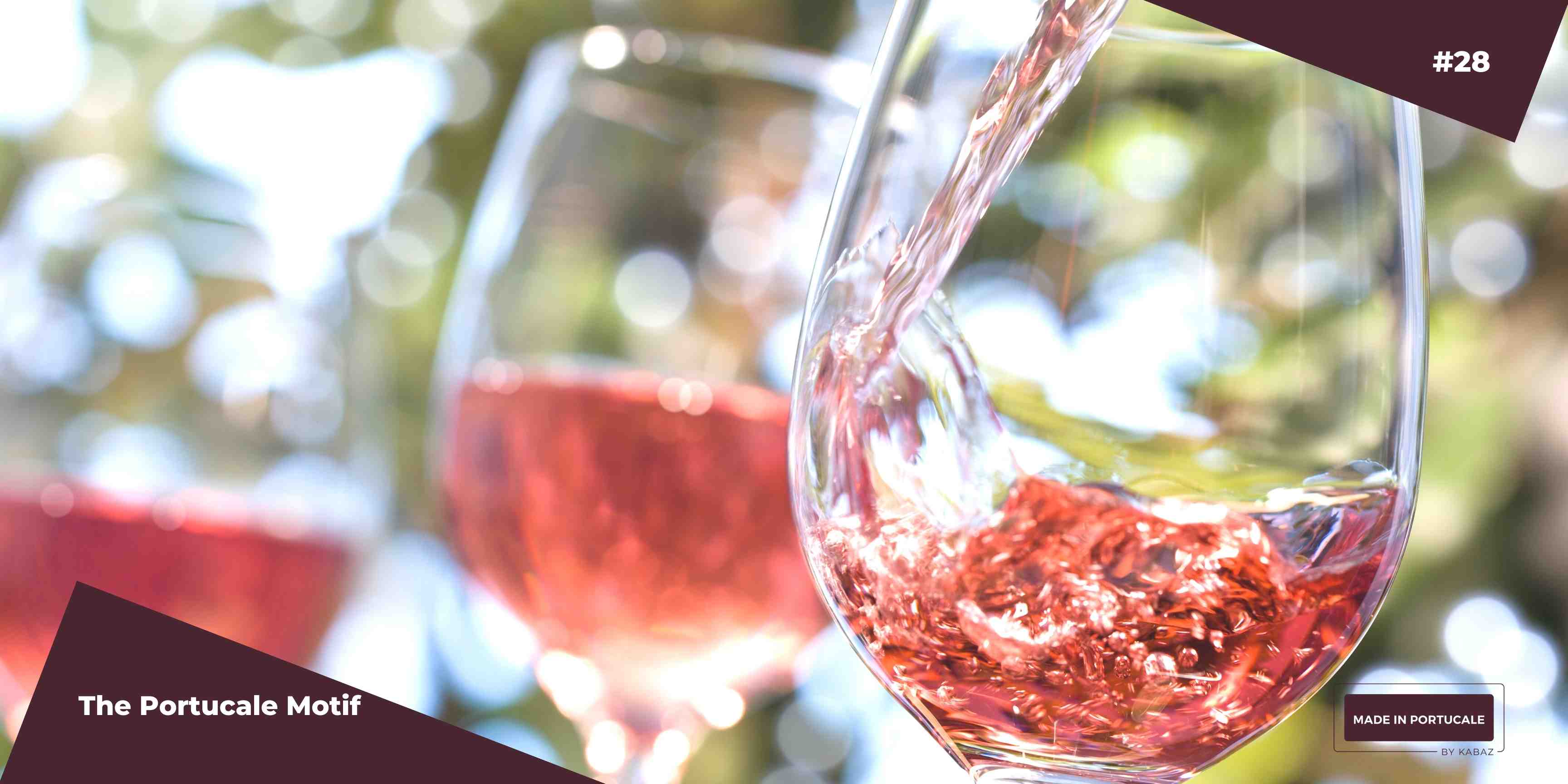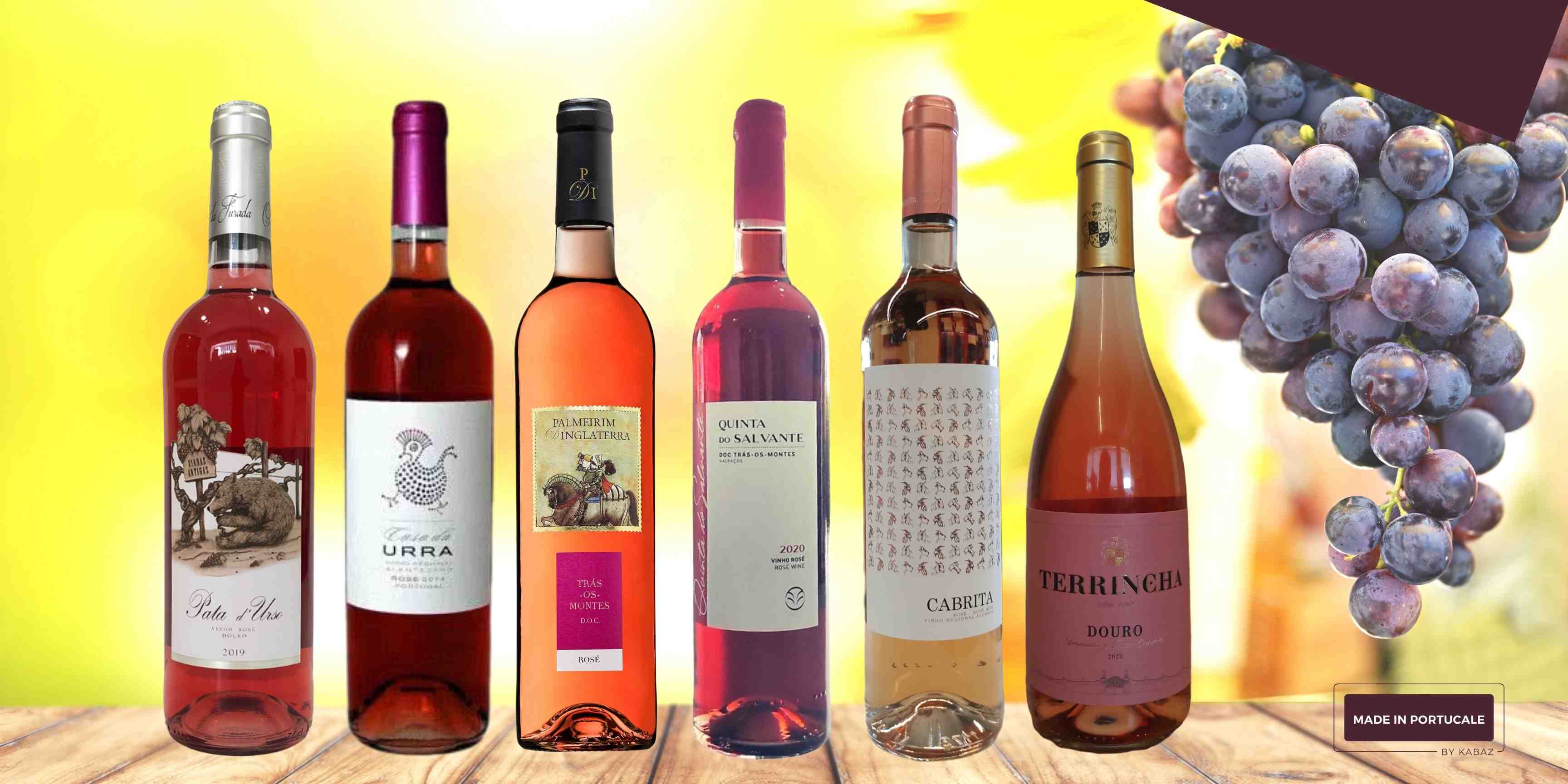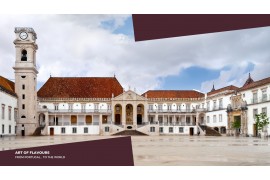
The Portucale Motif #28
There are more and better Rosé Wines in Portugal.
Of the various products that we are promoting, we can see that in each small producer that we are proud to represent and promote, there is a greater focus on the production of Rosé Wines.
Rosé is one of the types of wines that the wine world has to offer and is produced from red grapes. Yes, the grapes are not pink.
Rosé Wine can be produced in two ways: from the light maceration of red grapes, which then follow the vinification process in an open spout (typical of white wines, which consists of the vinification of the must without the skins) or, simply, by mixing white and red grapes, although this process is less used.
According to the IVV (Instituto da Vinha e do Vinho), the production of rosés is most commonly carried out by crushing the grapes and very short periods of maceration. This method is used for 88% of rosé wine production.

In general, we increasingly observe a higher quality in the final product.
Rosé wine is synonymous with friendliness, entertainment and partying. It is increasingly popular throughout the year, not just in the summer. A light colour will give a light wine with little tannin, an exotic fruit flavor and a floral mouth. But, if you are a fan of a good polished tannin, you also have Rosé Wines that are more loaded in their darker colour and a more pronounced flavor, with flavors of blackcurrant, red fruit and strawberry.
The serving temperature should be between 10°C for full-bodied rosé wines and 12°C for lighter rosé wines. In other words, they should always be served fresh. We recommend that during their tasting, they are always in a frapé or a mango.
Attention: very fresh rosé can lose its aromatic capacity, and above the right temperature it will not be pleasant to drink.
Try this delicious selection that we propose here:










